Frequent Searches
 Log in on TKART
Log in on TKART
Your likes show other users whether you liked the article.
Read all the contributions from the community and help enhance this article with your experience.
 Login to continue
Login to continue
Frequent Searches
 Exclusive Content
Exclusive Content
CRG KART RIMS: THE COMPLETE ANALYSIS AND PURCHASING GUIDE
A range of five products: three dedicated to Junior/Senior size Racing chassis (for both Shifter and Direct Drive categories), and two for MINIs. We will explain how they are manufactured, what their design characteristics are (and how these affect the performance), and when to use them based on the track’s grip
THE COMPANY
CRG is one of the most important manufacturers in the production of Racing kart chassis and components, although it also produces a line of rental karts, the CRG Rental Kart. Located in Lonato (Italy), the company is involved in the manufacturing of chassis that are marketed both under its own brand and under other brands (owned and not owned), such as Evo Kart, GP/ALU Group, Kali Kart, DR Racing Kart, Maranello Racing Kart and TGROUP. In addition to chassis, CRG is also involved in the production of 2-stroke engines, marketed under the Maxter brand. As for rims, all production stages are carried out in-house, except for the casting process, which is outsourced to a subcontractor.
Design
The design of CRG rims is entrusted to the company’s Research & Development department. This team is responsible for developing CAD (Computer Aided Design) technical drawings in 2D and 3D, using SolidWorks software, based on input from the racing department or the company’s top management. The team always implements different design variants of a single concept, each with slightly different characteristics that can offer – on paper – hypothetical different behaviors, once produced and used on the track. After selecting the projects that are expected to be the most appropriate – based on previous experience on the track – the next step is to create prototypes, both in full and in sectional versions, using 3D printers. This is a crucial step in order to obtain a complete overview of the different parts of the rim, to identify any improvements to the original project and to evaluate the fit with the hubs. Once the projects have been refined at the prototype level on the basis of this first production phase, the next step is to make the mold for the new rim model and produce a small batch of units. Again, the samples are slightly varied, especially in terms of the thickness of some areas (such as the tire shoulder) in order to have a minimum of “play” and to see how the tire behaves once mounted. This is followed by a test phase on the track, which is crucial for analyzing the actual performance of the new rims – to confirm the design expectations – and to check for usage-related issues that were not anticipated in the design phase. If the results of the tests are satisfactory, the mass production of the rim models will begin and they will be added to the CRG catalog. It is important to point out that the company’s philosophy has always been to produce a few models per category (in fact, there are three for the Seniors and two for the MINIs available to the public), with the goal of having “universal” products for all the types of tires used in the main national and international competitions, so as to facilitate the search for the ideal setup.
Casting
The Italian company has chosen two different casting methods to produce its range of rims:
A. Shell-mold casting: dedicated to the production of magnesium models, this is the fastest of the two processes adopted by the Italian company, in which the material is injected by pushing it into the mold. While shell-mold casting allows for greater amount of production levels, it also entails a higher risk of structural defects in the rims, such as metal turbulence and blowholes. To ensure the structural integrity of all its rims, CRG has a strict quality control process.
B. Low-pressure casting: used exclusively for aluminum models. It is a slower process than shell-mold casting, but it ensures products with better structural characteristics. In fact, the low pressure maintained during the injection of the material favors a better filling of the mold itself, avoiding the formation of turbulence or porosity that could damage the structure of the final product.
Unlike other manufacturers, the choice of one casting method over another is not related to the influence that the production method has on the performance of the rim on the track (to learn more, read “Special | AMV Kart Wheels: The Definitive Buying Guide” and “Special | Guide To Purchasing OTK Kart Group Rims (for Tony Kart, Kosmic Kart, LN Racing Kart, Exprit…)”, but exclusively for the speed, volume and production costs that the two options are able to ensure. For magnesium models, which are used more often because they are designed for dry track conditions, (the most common weather conditions), it is essential to have a higher production volume, therefore die-casting is chosen. On the other hand, those made of aluminum, due to their limited use, can undergo a “slower” process, thus low-pressure casting is opted for more often. CRG relies on a subcontractor for both casting processes, which are performed outside the company.
CNC machining
After casting, the rough products are returned to CRG’s headquarters for CNC machining. The processing of the rough products varies according to the type of casting used: rims produced by low-pressure casting require more machining because they have a lot of excess material. On the other hand, rims produced by shell-mold casting require less time on the machine, as this casting technique produces less material that needs to be removed. In both cases, the main process concerns the removal of the excess material, the execution of the holes necessary for the lug nuts, the valve and other detail finishes, such as those carried out on the rim’s area of contact to prevent it from damaging the tire during beading. Unlike what is done by other competitors, at CRG, once the robotic machining has been completed, the final processing is implemented without the rim being “taken back” for further modifications.
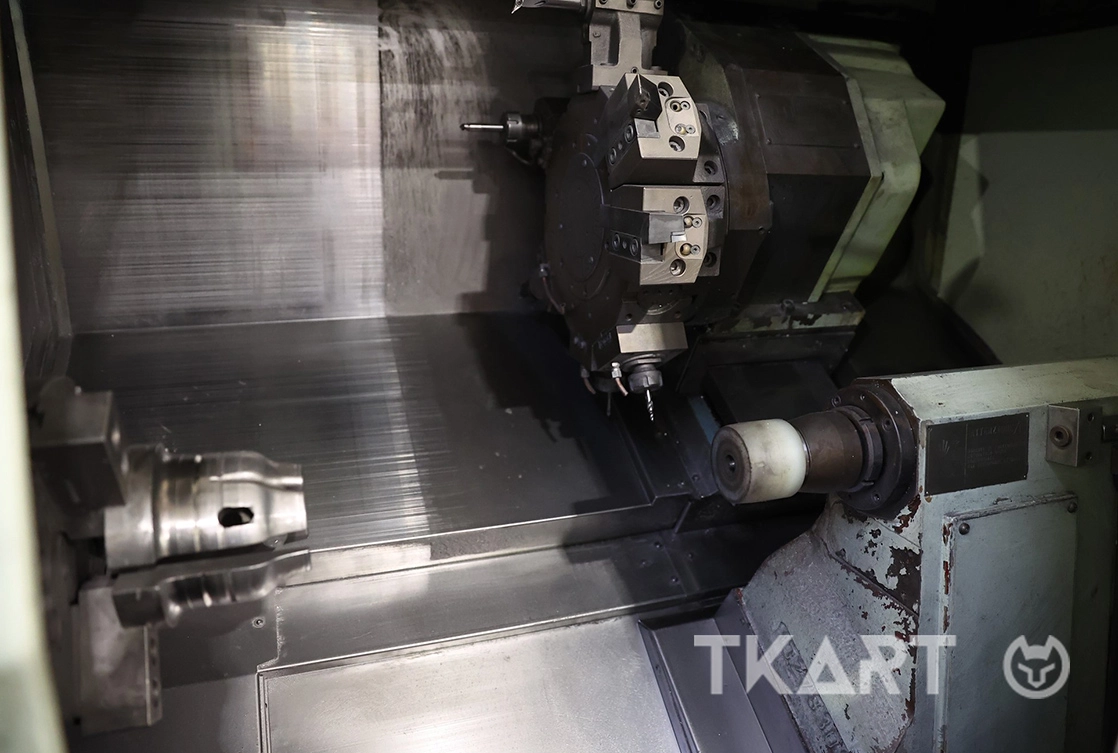

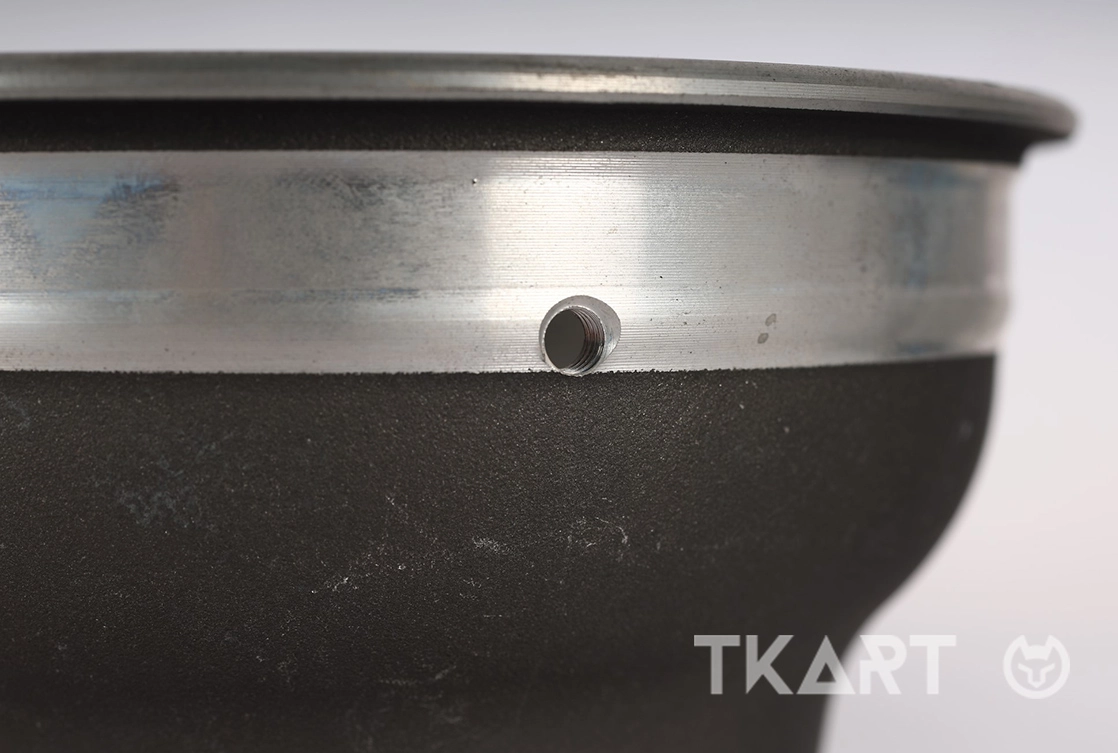
Final treatments
CRG conducts a specific final treatment only on its magnesium models. In detail, it is a process that is implemented in two stages: the first is that of impregnation, that is, a process of immersing the rims in special liquids that have the purpose of sealing the porous cavities that may have been created during the casting process. The second step is the cataphoresis varnishing, which gives the product greater strength, further sealing any remaining unevenness on the product, therefore making the surface even more uniform. This second step is also what gives it the black coloring, which is typical of CRG-branded rims. The choice of this type of final treatment is linked to environmental factors: the previous method, namely the chromate conversion coating, was abandoned because it was considered harmful to the environment. In the case of aluminum products, on the other hand, there is no real final treatment. Once the production process is complete, the rims are simply cleaned and polished.
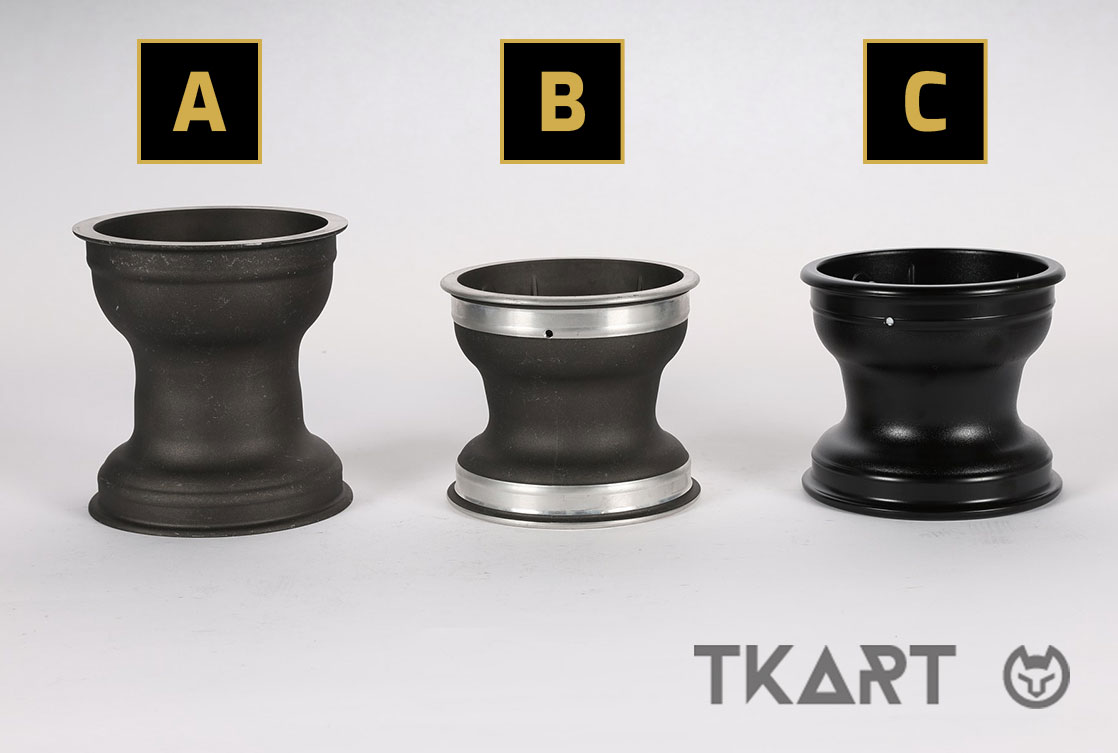
Quality controls
At CRG, operators perform continuous visual quality control checks on all rims during the various stages. Once the CNC machining has been completed, and when the product is ready for the final finishing, random checks are carried out using a testing indicator that allows the evaluation of any micro-irregularities on the surface as well as checking the cylindricity, perpendicularity and parallelism of the planes. This phase is carried out on a number of pieces that can vary depending on the lot, which contains about 1,000 parts. If the lot in question has a high percentage of “defective” rims after visual inspection, the number of products analyzed will be higher than for a lot with a lower percentage. In general, however, 1 sample is analyzed for every 10 pieces.
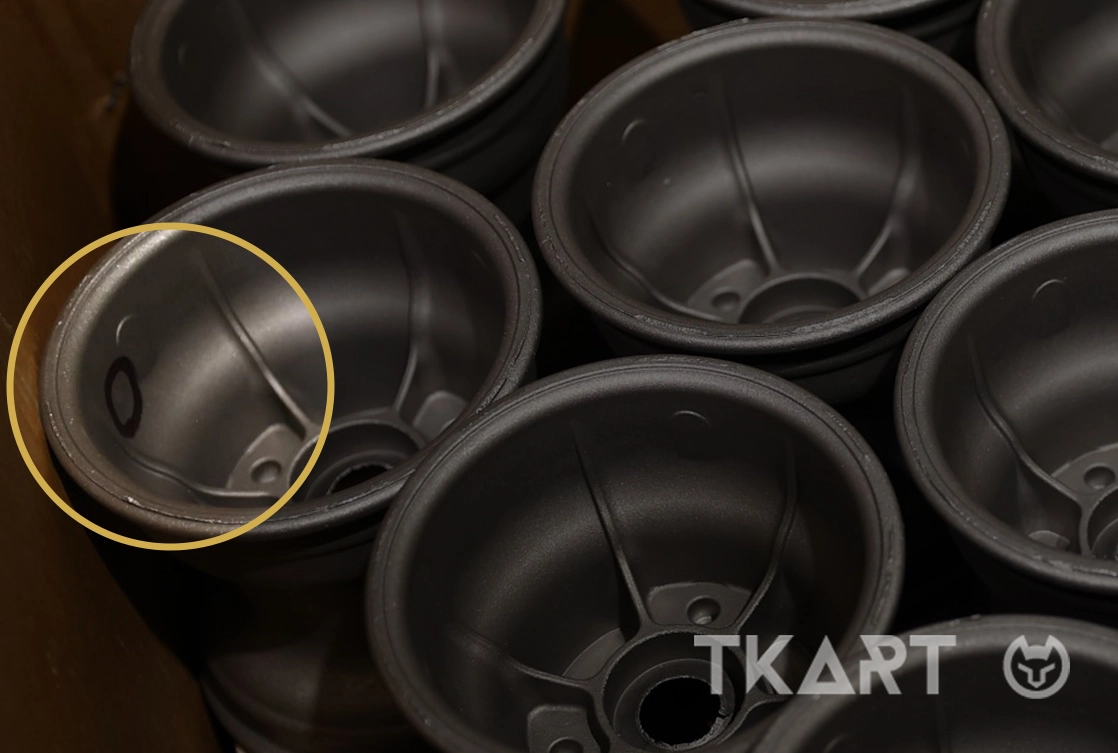

Utente che approccia per la prima volta il mondo del karting. Non ha mai avuto un kart proprio oppure lo possiede da pochi mesi. Gli mancano tutte le conoscenze di base ed elementari di questo sport e necessita di informazioni che gli permettano di orientarsi. Cerca risposte a domande come: come fare la miscela? Quali strumenti mi servono per gestire il kart? Quali sono le differenze tra la pressione di gonfiaggio delle gomme di un'auto e quelle di un kart? E come trasportare il kart in pista?
Utente che pratica il karting da più tempo, gestendo personalmente il proprio mezzo. Conosce le nozioni di base di questo sport, ma desidera rimanere aggiornato sulle novità del settore e ricevere consigli per migliorare le proprie capacità di meccanico e pilota. Cerca risposte a domande del tipo: come installare sistemi di raccolta dati e leggere le informazioni base? Come gestire al meglio le pressioni delle gomme? Come affinare il rapporto del kart per migliorare le prestazioni? Il praticante potrebbe rimanere tale per tutta la vita, preferendo non affrontare questioni tecniche troppo complesse, ma continuando a migliorarsi e divertirsi nel mondo del karting.
Si tratta di un utente praticante che non si accontenta delle conoscenze base di questo sport, ma vuole approfondire fino ai massimi livelli ogni singolo aspetto legato alla guida e alla tecnica. L’approccio è pressoché professionale. La discriminante è chiara: il praticante si ferma quando le attività relative al kart diventano complesse, come il cambio di un pistone o della candela, senza però cimentarsi in operazioni più avanzate come la lappatura della canna. L’esperto, invece, non si spaventa di affrontare questioni a complessità elevata, come per esempio equilibrare autonomamente l’albero motore o regolare l’anticipo.

